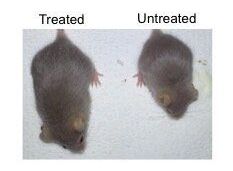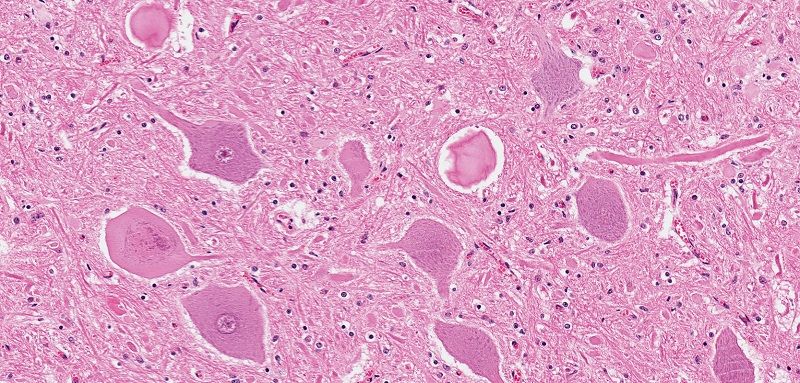A newly discovered species of lichen from Ecuador that contains both tryptamine and psilocybin has recently been discovered, dispelling the belief that the infamous ‘magic mushrooms’ are the only plant species containing this hallucinogenic compound.
Lichens are of particular interest to biologists because of their symbiotic relationship between algae and fungi. The fungus creates the network that sustains, hydrates, and protects the algae, which in turn generates the sugars necessary to feed it through photosynthesis. While they both exhibit plant-like characteristics, neither are actually plants — they are composite organisms. This makes the psychedelic lichen even more intriguing.
Scientists have been speculating about this particular lichen for some time. Rigorous testing is needed before researchers can claim anything as fact, however, making anecdotal evidence simply insufficient. And so despite reports from a local tribe about its hallucinogenic qualities, researchers could not positively affirm the lichen to be so, although psilocybin is known to be a psychedelic compound.







